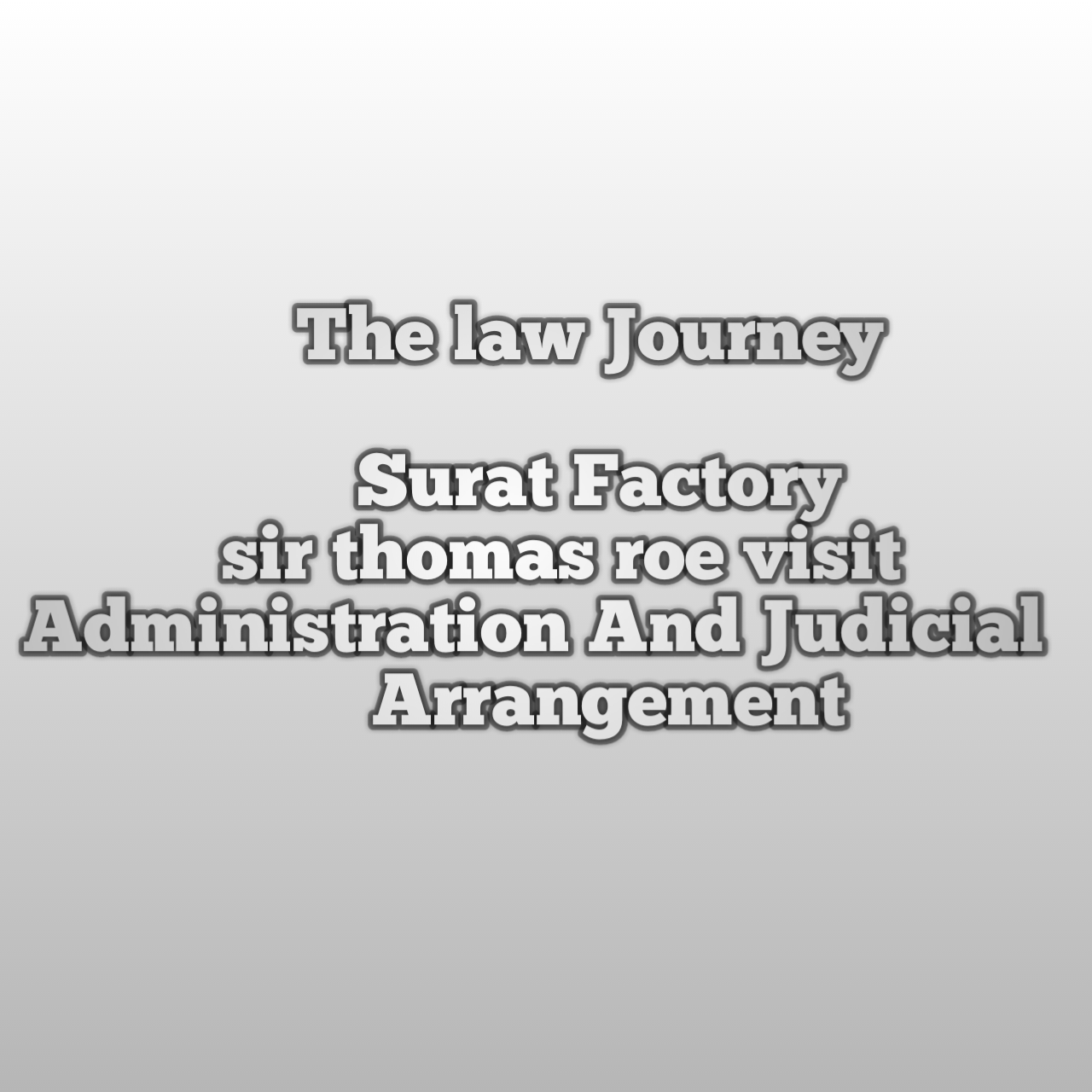Surat factory,The company needed to set up some factories on Indian soil. The company chooses Surat as a suitable location to set up a factory. At that time Surat was an important trading center and popular city within the Mughal Empire. It was a good international port. The Portuguese had already established themselves and were enjoying their trading rights but in 1612 there was a war between the British and the Portuguese. Ultimately the Portuguese were defeated and consequently in January 1613 the British were able to establish their factory in Surat with the permission of the local governor.
Sir Thomas Roe Visit
Sir Thomas Roe was an English diplomat and writer. Roe’s voyages ranged from Central America to India. As an ambassador, he represented England in the Mughal Empire.
After some time the Company realized that the land for their Surat factory was permanent, so they should get the necessary trading facility directly from the Mughal Emperor and not depend on the local governor. In this view, James I sent an ambassador, Thomas Roe, to receive some allowance from the Mughal emperor.
Facilities provided
1.They were allowed to do business and set up a factory in a haired house in Surat.
2.They were allowed to live according to their Oven law and religion without any local interference.
3.The disputes between the British were to be resolved by their own dispute chairman
4.But the dispute between the British and the Indian had to be settled by the local local authorities
Administration and Judicial Arrangement
The administration of the Surat factory was vested in the chairman and the council. They were appointed by the company. All decisions in the council meeting were taken by majority vote. The President had only one vote like any other member and was not given any such veto power. The British in Surat were under a dual system of law (English law and Indian law). There was no concept of regional law. In matters of civil law, justice was administered according to the personal law of Hindus and Muslims.
The authority to administer criminal justice was specifically granted to him by the Company under the King’s Commission of 1623.
Conclusion
Till 1687, Surat was the chief centre of companies activities in India.it was the most important factory.the administrative power vested into president or governor they were the chief representative of the company in India. [Also Read– east india company]
Related Post
Important Questions
When was Surat Factory established?
On January 1613 the British were able to establish their factory in Surat with the permission of the local governor.
Tell us about the journey of Sir Thomas Roe?
Sir Thomas Roe was an English diplomat and writer. Roe’s voyages ranged from Central America to India. As an ambassador, he represented England in the Mughal Empire.
After some time the Company realized that the land for their Surat factory was permanent, so they should get the necessary trading facility directly from the Mughal Emperor and not depend on the local governor. In this view, James I sent an ambassador, Thomas Roe, to receive some allowance from the Mughal emperor.
What facilities were provided to the company at surat ?
1.They were allowed to do business and set up a factory in a haired house in Surat.
2.They were allowed to live according to their Oven law and religion without any local interference.
3.The disputes between the British were to be resolved by their own dispute chairman
4.But the dispute between the British and the Indian had to be settled by the local local authorities
Describe the administration and justice of Surat factory?
,The company needed to set up some factories on Indian soil. The company chooses Surat as a suitable location to set up a factory. At that time Surat was an important trading center and popular city within the Mughal Empire. It was a good international port. The Portuguese had already established themselves and were enjoying their trading rights but in 1612 there was a war between the British and the Portuguese. Ultimately the Portuguese were defeated and consequently in January 1613 the British were able to establish their factory in Surat with the permission of the local governor…………………..
Refrences Book
- Indian legal and constitutional history by Dr. N. V. Paranjape
- M.P. Jain, Outlines of India Legal History
- V.D. Kulshrestha, Landmarks in Indian Legal History
- M. Rama Jois, Legal and Constitutional History of India
- A.B. Keith, Constitutional History of India
- Rankin G.C. Background to Indian Law

















